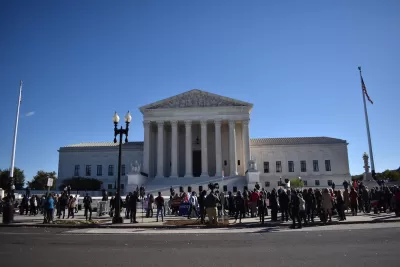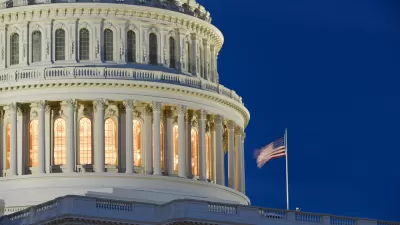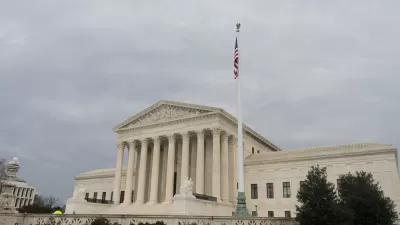Everybody seems to think that the recent case from California could lead to dramatically lower fees — and lower housing costs. But that's not what the court decided.

The U.S. Supreme Court has struck down California’s unique rule — embedded in the Mitigation Fee Act — that exactions and impact fees don’t have to be “roughly proportional” to the impact of the new development project under consideration if they are imposed as part of a general plan policy or other program-level effort.
But now the question becomes whether the way California jurisdictions actually calculate those program-level fees is specific enough to meet the “rough proportionality” rule – and that question will be determined by California courts. Some have said this will inevitably lead to lower impact fees. Given the history of impact and mitigation in California, however, it seems more likely that it will simply lead to the use of a more sophisticated methodology in nexus studies that justify the fees. Cities and counties in California aren’t likely to give up impact fee revenue that easily.
This article provides a detailed explanation of how El Dorado County came up with the impact fee challenged in the case and discusses options for how cities and counties around the country may have to calculate similar fees in the future.
FULL STORY: Lower Impact Fees -- Or Just More Nexus Studies?

Maui's Vacation Rental Debate Turns Ugly
Verbal attacks, misinformation campaigns and fistfights plague a high-stakes debate to convert thousands of vacation rentals into long-term housing.

Planetizen Federal Action Tracker
A weekly monitor of how Trump’s orders and actions are impacting planners and planning in America.

San Francisco Suspends Traffic Calming Amidst Record Deaths
Citing “a challenging fiscal landscape,” the city will cease the program on the heels of 42 traffic deaths, including 24 pedestrians.

Defunct Pittsburgh Power Plant to Become Residential Tower
A decommissioned steam heat plant will be redeveloped into almost 100 affordable housing units.

Trump Prompts Restructuring of Transportation Research Board in “Unprecedented Overreach”
The TRB has eliminated more than half of its committees including those focused on climate, equity, and cities.

Amtrak Rolls Out New Orleans to Alabama “Mardi Gras” Train
The new service will operate morning and evening departures between Mobile and New Orleans.
Urban Design for Planners 1: Software Tools
This six-course series explores essential urban design concepts using open source software and equips planners with the tools they need to participate fully in the urban design process.
Planning for Universal Design
Learn the tools for implementing Universal Design in planning regulations.
Heyer Gruel & Associates PA
JM Goldson LLC
Custer County Colorado
City of Camden Redevelopment Agency
City of Astoria
Transportation Research & Education Center (TREC) at Portland State University
Jefferson Parish Government
Camden Redevelopment Agency
City of Claremont





























